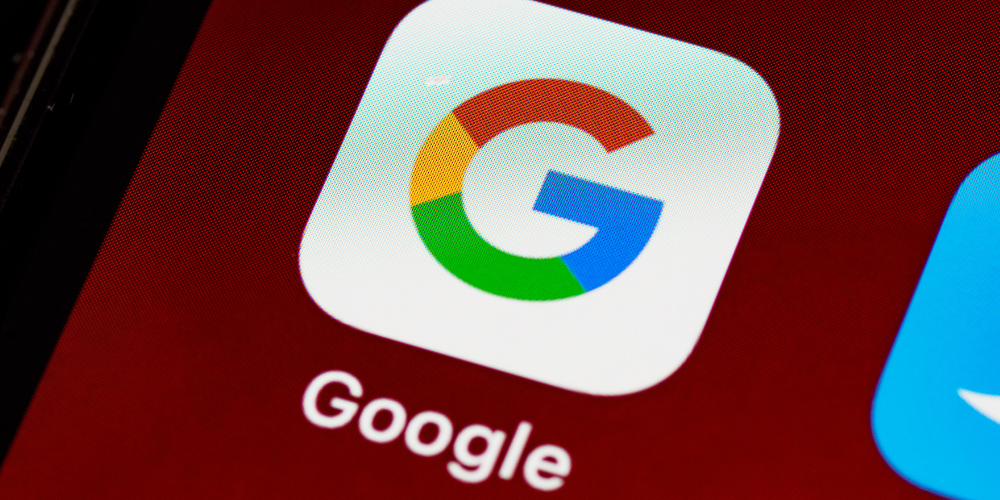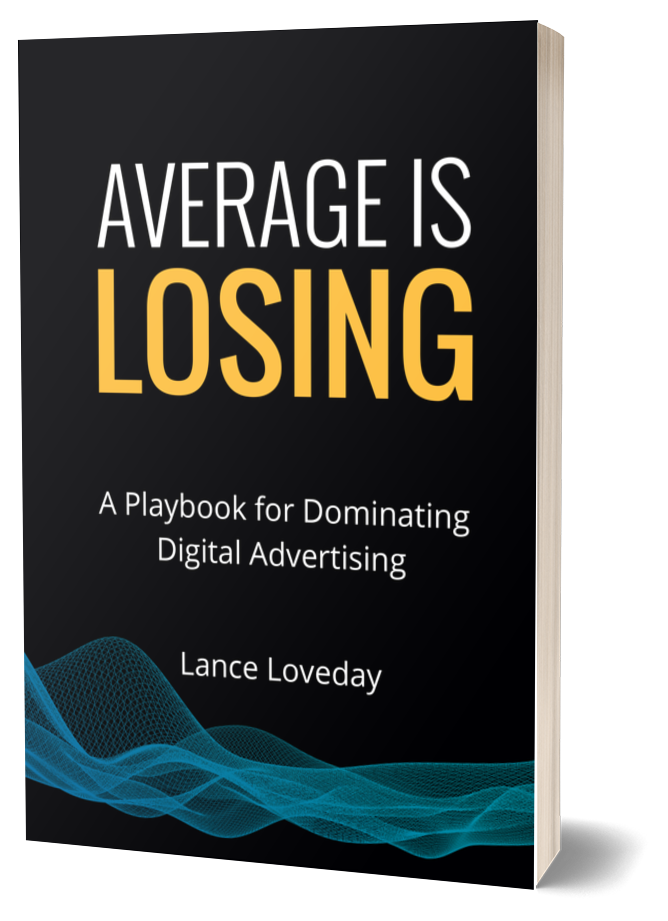1. Combine Campaigns
A fundamental practice of paid search has always been to create theme-based campaigns. If you sell jackets, you may have separate campaigns for “winter jackets” and “spring jackets.” Here are the campaign layouts with ad groups below the arrows.
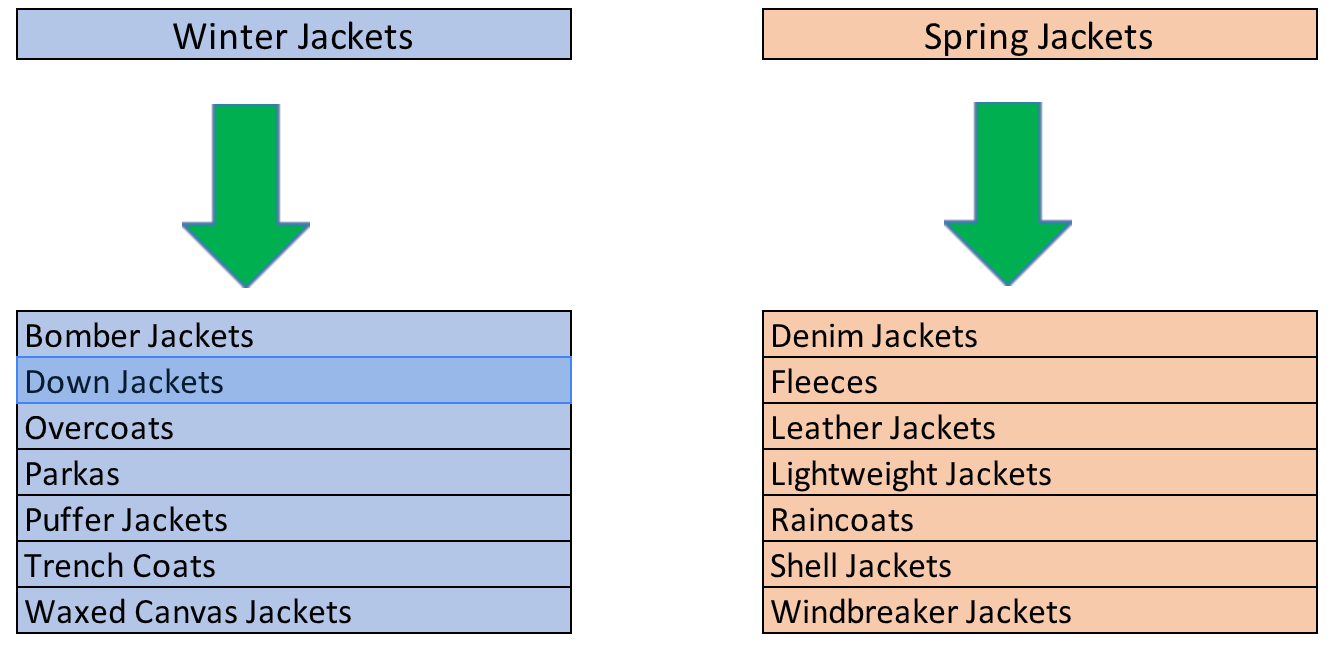
Along with the theme segmentation, the individual campaigns can have their own budgets, ad extensions, audiences, and more. Searchers see more relevant ads while advertisers work within their budgets and goals. Everything sounds good, and a few years ago, this strategy would have been sound. Fast forward to today, this strategy has its faults.
Let’s say that each of these campaigns utilizes a unique maximize conversions bid strategy without an optional tCPA. The “winter jackets” campaign has seen 25 conversions over the last 30 days, while the “spring jackets” campaign has seen 20 conversions. According to Google Support, results are most accurate when a bid strategy has seen at least 30 conversions within a month (50 if using a maximize conversion value strategy). The greater the number of conversions, the better and the shorter the learning period is. The campaign structure as it stands isn’t giving either bid strategy enough data.
An alternative is to combine the campaigns. Instead of separate “winter jackets” and “spring jackets” campaigns, we’ll create an all-encompassing “jackets” campaign.
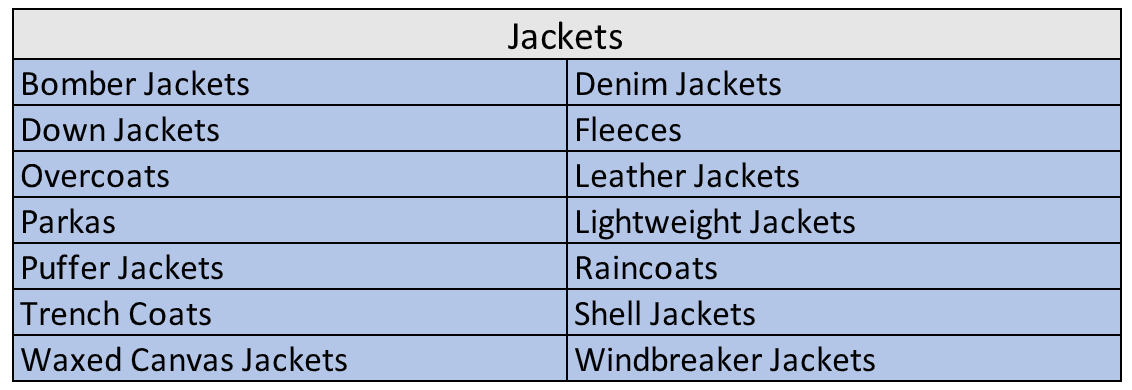
This new campaign will generate the 30 requisite conversions and provide the system with more data to work from. Nothing will change with our ad groups are set-up, ensuring relevance from search query to the ad seen and the landing page. Our extensions previously set at the campaign level can be merged, or we can create ad group level extensions.
The primary deterrent of this tactic is how it impacts the bid strategy. The two campaigns each had their own bid strategy. With the single campaign, we have the one bid strategy. If you are using the maximize conversions or maximize conversion value strategies without an optional tCPA or tROAS, there is no need to worry since there are no thresholds to be hit. If the threshold is a concern, consider the highest value to begin. If the tCPA target for the “winter jackets” campaign was $35 and $40 for the “spring jackets” campaign, start with $40. You can also set the tCPA at the ad group level.
You may ask why we wouldn’t choose a portfolio bid strategy instead of combining campaigns. A portfolio strategy is a legitimate option and would help secure more data. The problem is that portfolio strategies encompass many campaigns instead of just one. Different campaigns have different goals, which could render a bid strategy irrelevant for some of the campaigns. It’s also hard to break a campaign out of a portfolio bid strategy and maintain the same success of that campaign if the data thresholds are low. One campaign per bid strategy is the desired workflow.
Combining campaigns is also a sound tactic when many individual campaigns are limited by budget.
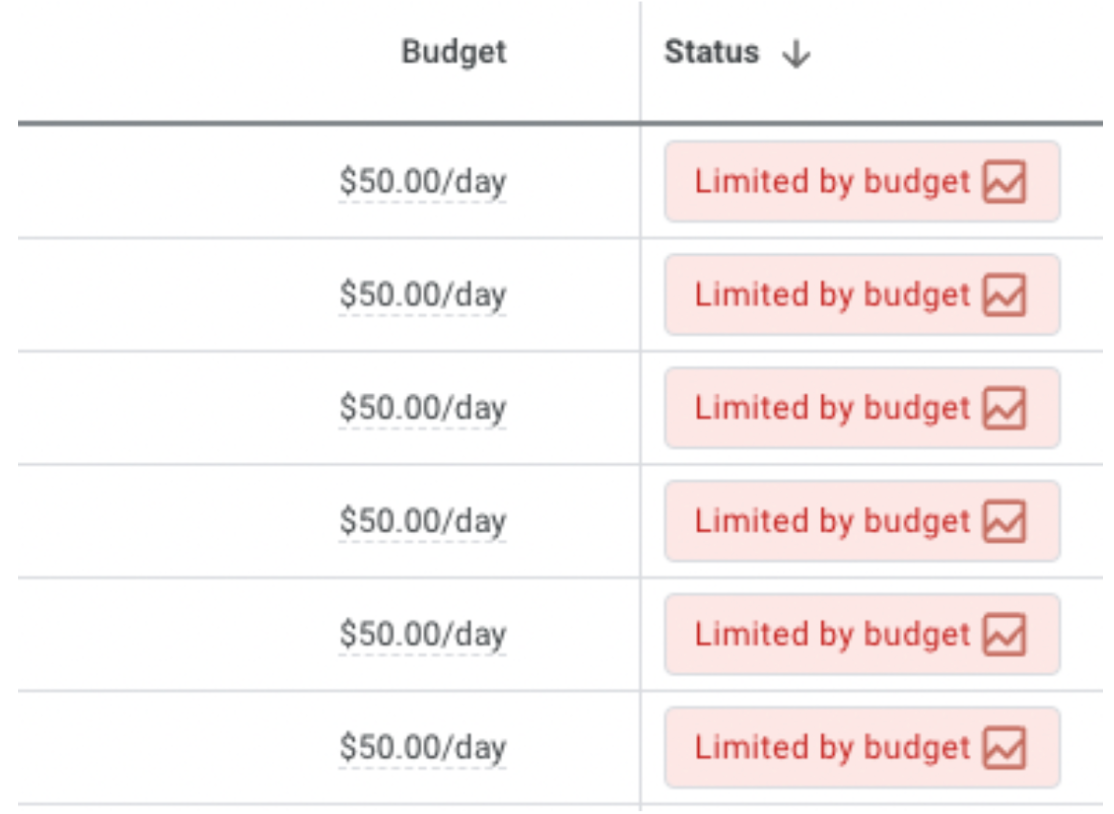
Limiting your budget prevents the system from gathering enough data. Additionally, if your budget is $50 and you have an optional tCPA of $75 setup, the strategy will be ineffective. Combining campaigns will give the individual campaign more funds to work with. It’s not a perfect solution as you may still have budget issues. However, the fewer campaigns impacted by a limited budget, the better.

